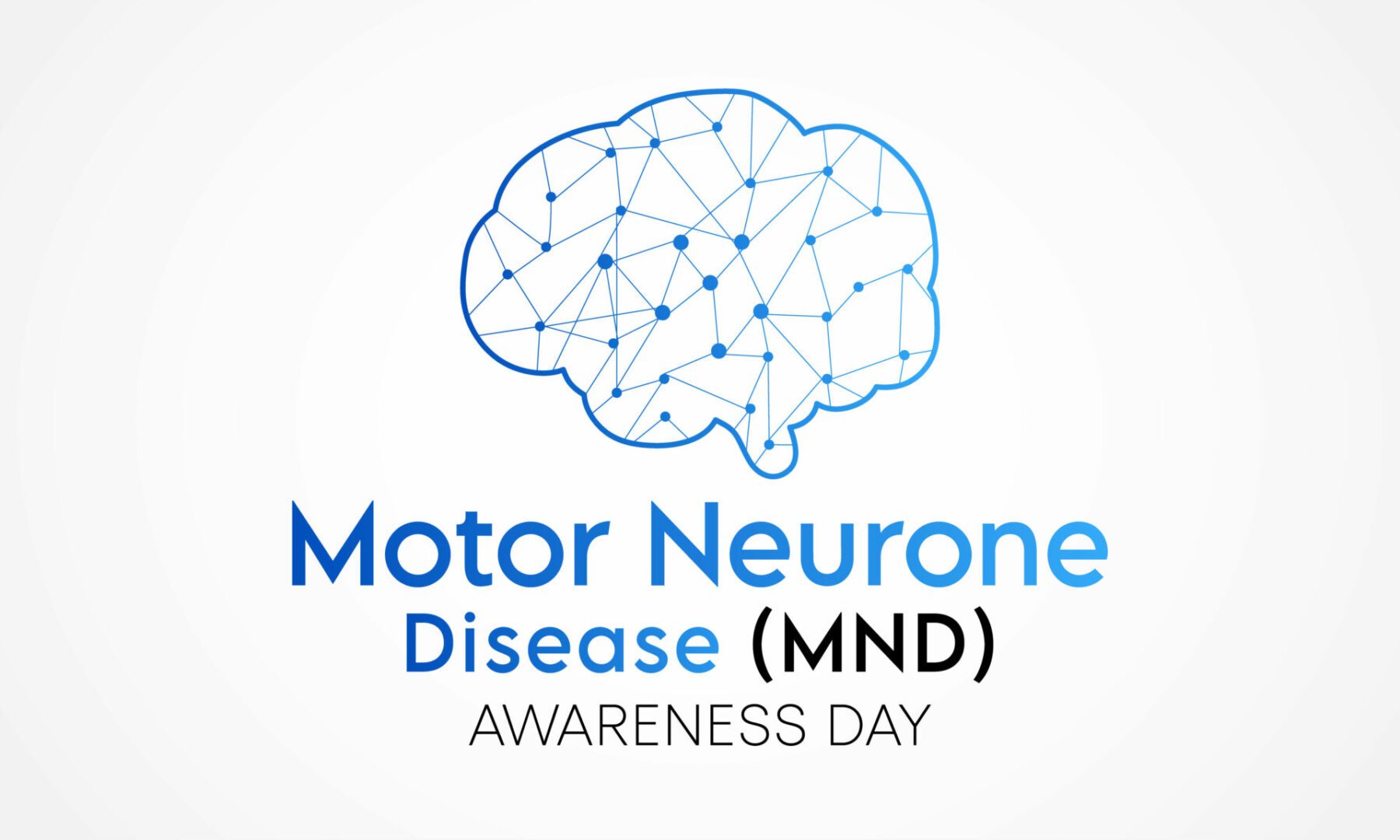Search by Color or Cause


Every year on June 21 the International Alliance of ALS/MND Associations celebrates Global ALS Awareness Day. This awareness day is a day of recognition of ALS/MND. ALS/MND is a disease that affects people in every country around the globe. Consequently, people are living with the disease all over the world. It does not discriminate based on race. And it does not discriminate based on ethnicity, socioeconomic status, or region. Every person diagnosed, and their loved ones, will forever feel the impact of MND.
MND uses the colors blue and to represent its cause. We offer blue and green enamel awareness ribbon pins in both personalized and non-personalized versions. The awareness pin for ALS is the blue and white pinstripe ribbon. Amyotrophic lateral sclerosis (ALS), also known as Lou Gehrig’s Disease, is a rare neurological disease that affects motor neurons. They are the nerve cells in the brain and spinal cord that control voluntary muscle movement. Voluntary muscles are those we choose to move to produce movements like chewing, walking, and talking. The disease is progressive, meaning the symptoms get worse over time. ALS has no cure and there is no effective treatment to reverse its progression.
June 21 every year is MND/ALS Global Awareness Day. On this day, MND/ALS Associations across the world use the day to raise awareness of the disease. The day is also used to express hope that one day there will be a turning point in the search for cause, treatment and cure of this disease. Increasingly, the international MND/ALS community is seeking ways to work together to try to capture the attention of the public media to increase their reach.
Motor Neuron Disease (MND) is the name for a group of diseases. These diseases affect nerves known as motor nerves, or motor neurons. In MND, these neurons degenerate and die. This causes the muscles to become weaker and weaker. Therefore, this eventually leads to paralysis. Further, MND is an uncommon disease that is diagnosed later in life. For example, the average age that people are diagnosed with MND is 58 years.
MND is a progressive disease that often starts slowly and gets worse over time. Symptoms usually start on one side of the body before spreading. Usually, the first things people notice are:
Later on, people with MND:
And, some with MND develop a type of dementia.
The exact cause of MND is not known. Further, you can’t catch MND from somebody. Generally, MND is believed to be caused because of a combination of environmental, lifestyle and genetic factors. Most cases of MND develop without an obvious cause. In addition, around 1 in 10 cases are ‘familial’, meaning the condition is inherited. This is due to a genetic mutation, or an error in the gene. In addition, children have a 50/50 chance of inheriting the MND-related genetic mutation. If someone in your family has MND, other people in the family can be tested for the genetic mutation. The test is usually done by a blood sample. For this reason, people who inherit the genetic mutation have a high chance of developing MND. But, it is important to remember that not all people with the genetic mutation will develop MND.
MND can be hard to diagnose when the symptoms first appear. For example, symptoms may be mild and non-specific and could be related to other conditions. It is important to see a doctor if symptoms don’t get better. However, there is not one test for diagnosing MND. A patient may need to have a range of tests done. Some of these will eliminate other conditions.
Patients may be referred to a neurologist (a brain and nerve doctor) who will examine the patient and do various tests. For example, these may include:
There is no cure for MND. However, with the help of specialists, a lot can be done to:
There is no treatment to reverse damage to motor neurons or cure ALS. However, treatments can make living with the disease easier. Supportive health care is best provided by multidisciplinary teams of professionals such as physicians, pharmacists, physical, occupational, speech, and respiratory therapists, nutritionists, social workers, clinical psychologists, and home care and hospice nurses. These teams can design an individualized treatment plan and provide special equipment aimed at keeping people as mobile, comfortable, and independent as possible.
Because there is no known cause of MND, unfortunately, there is nothing to do to prevent it.